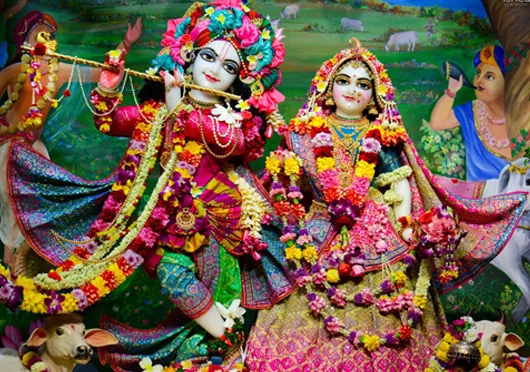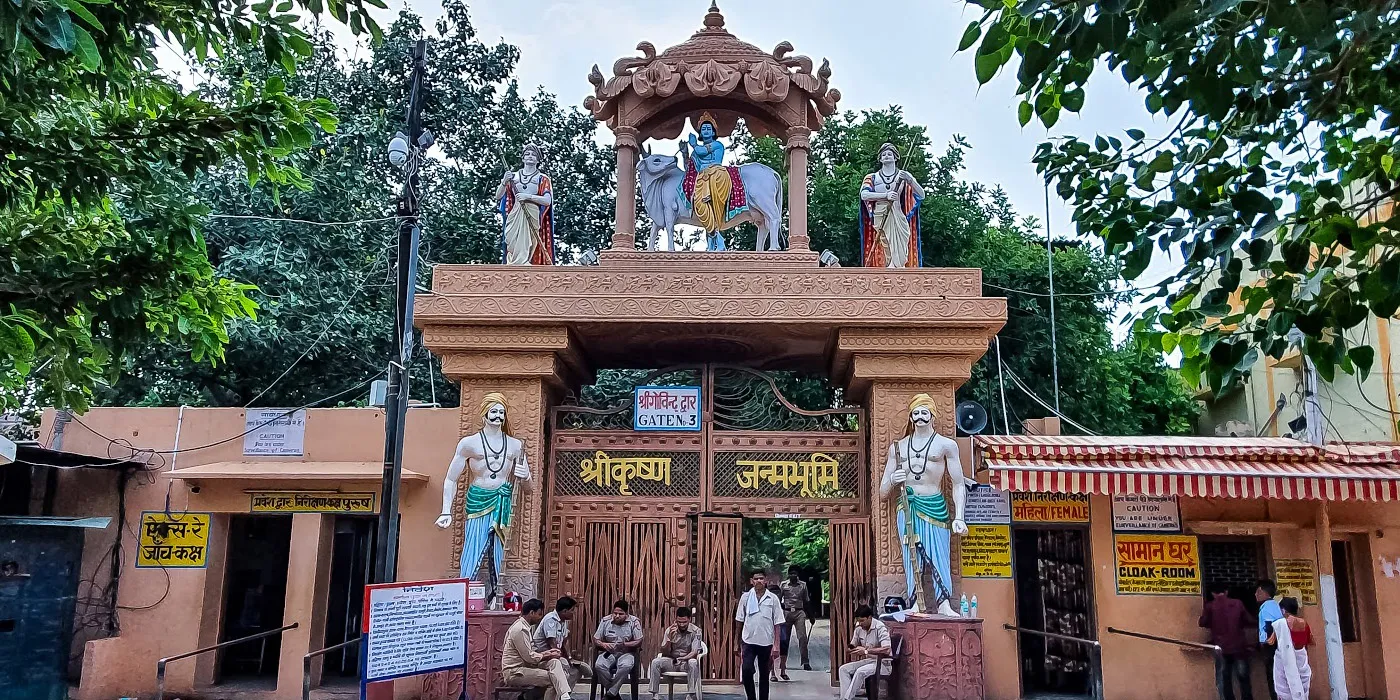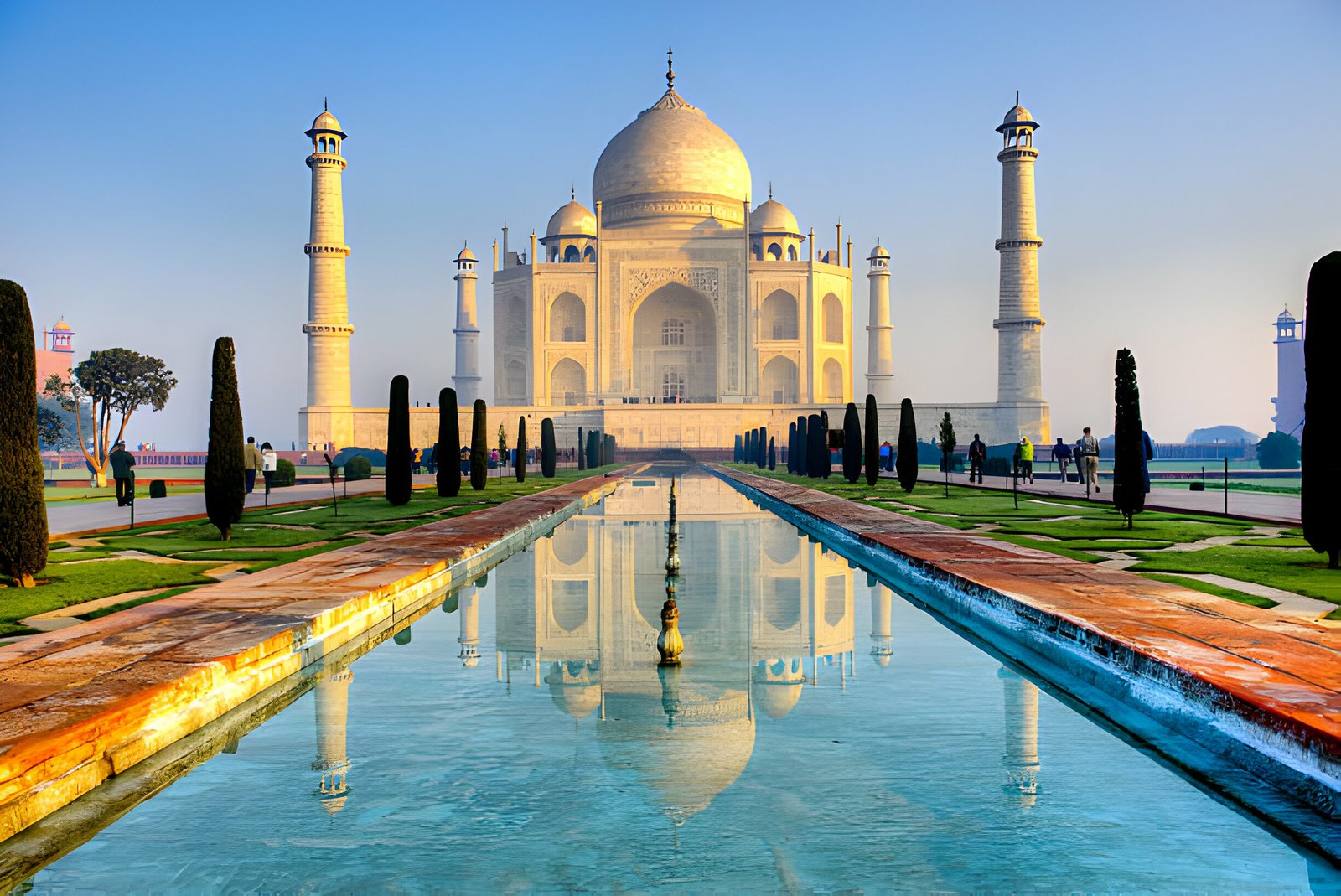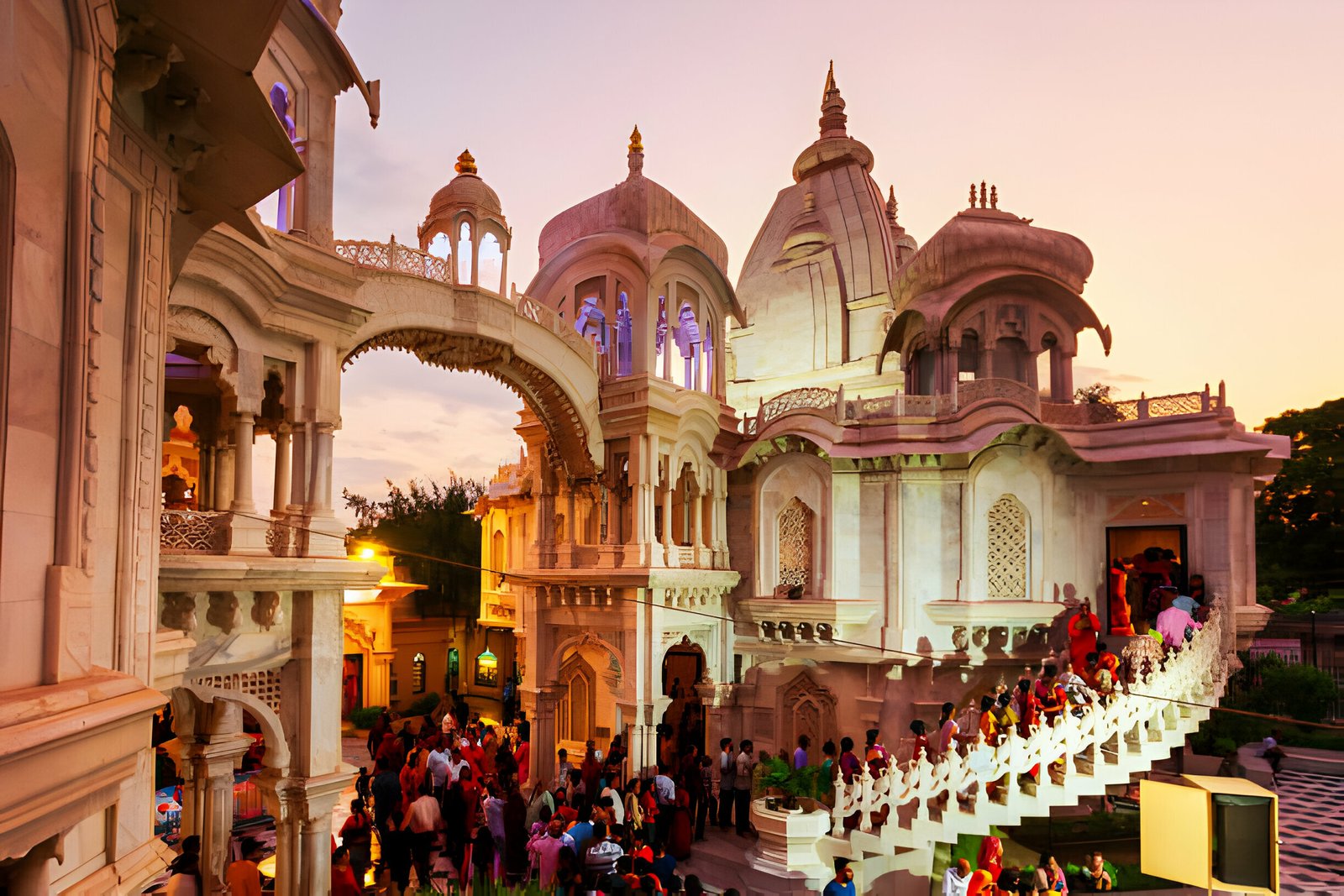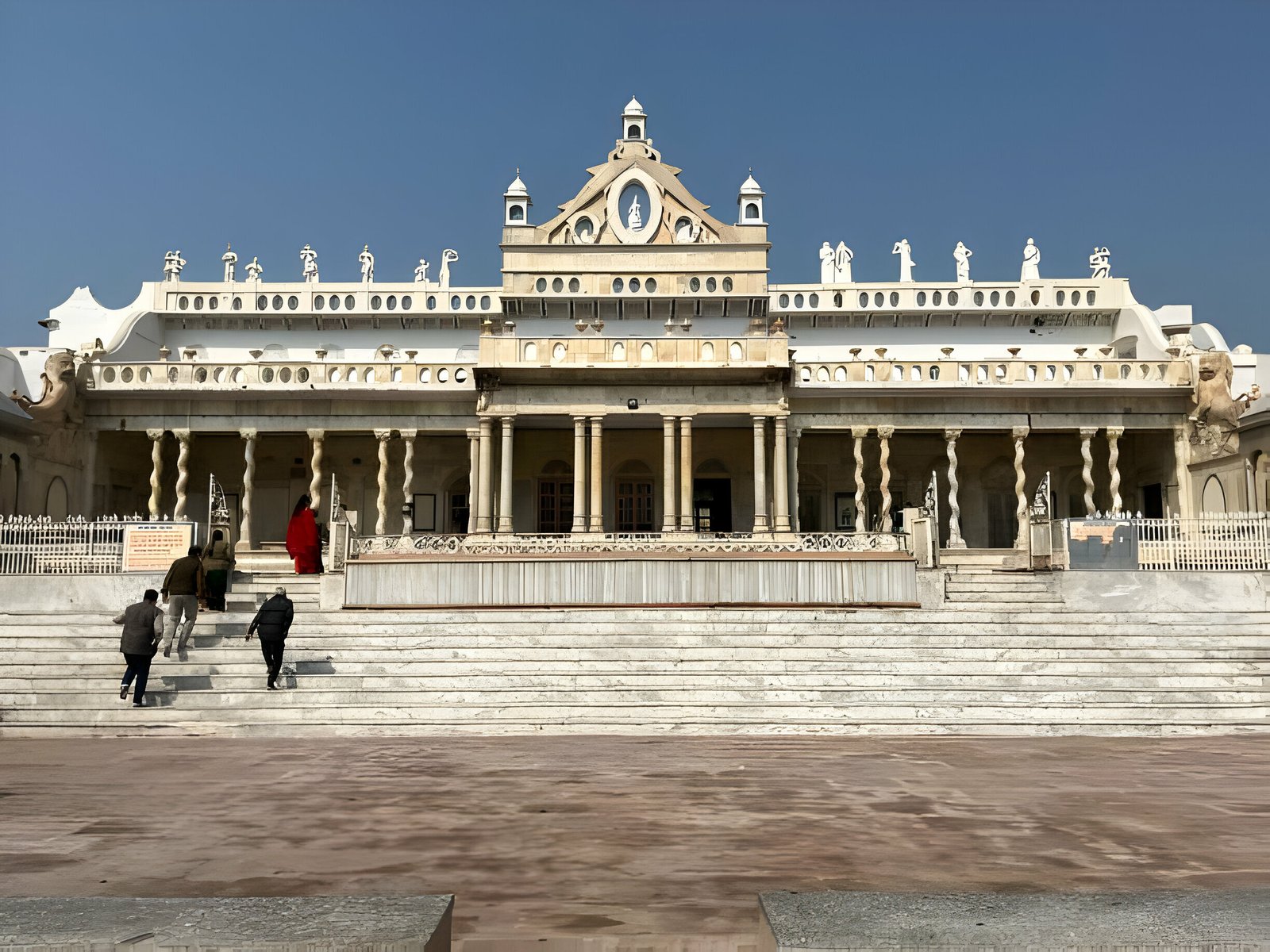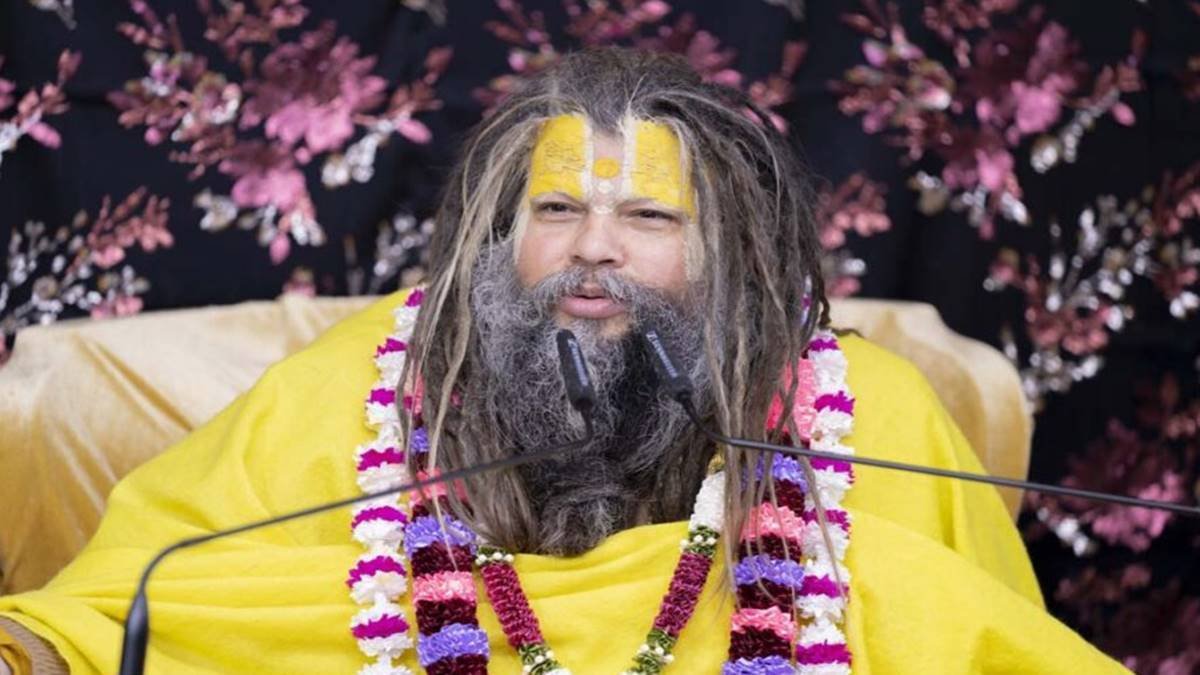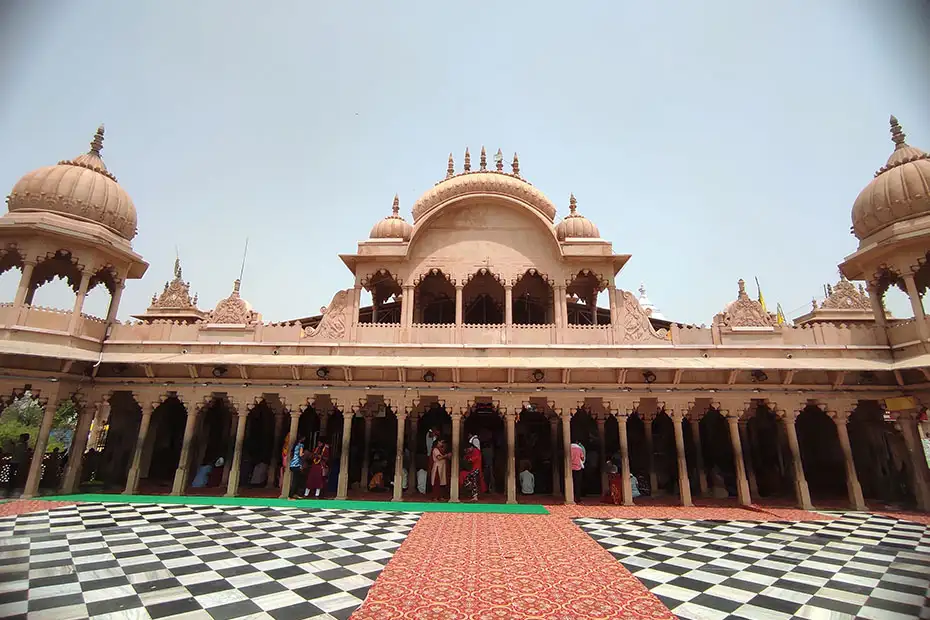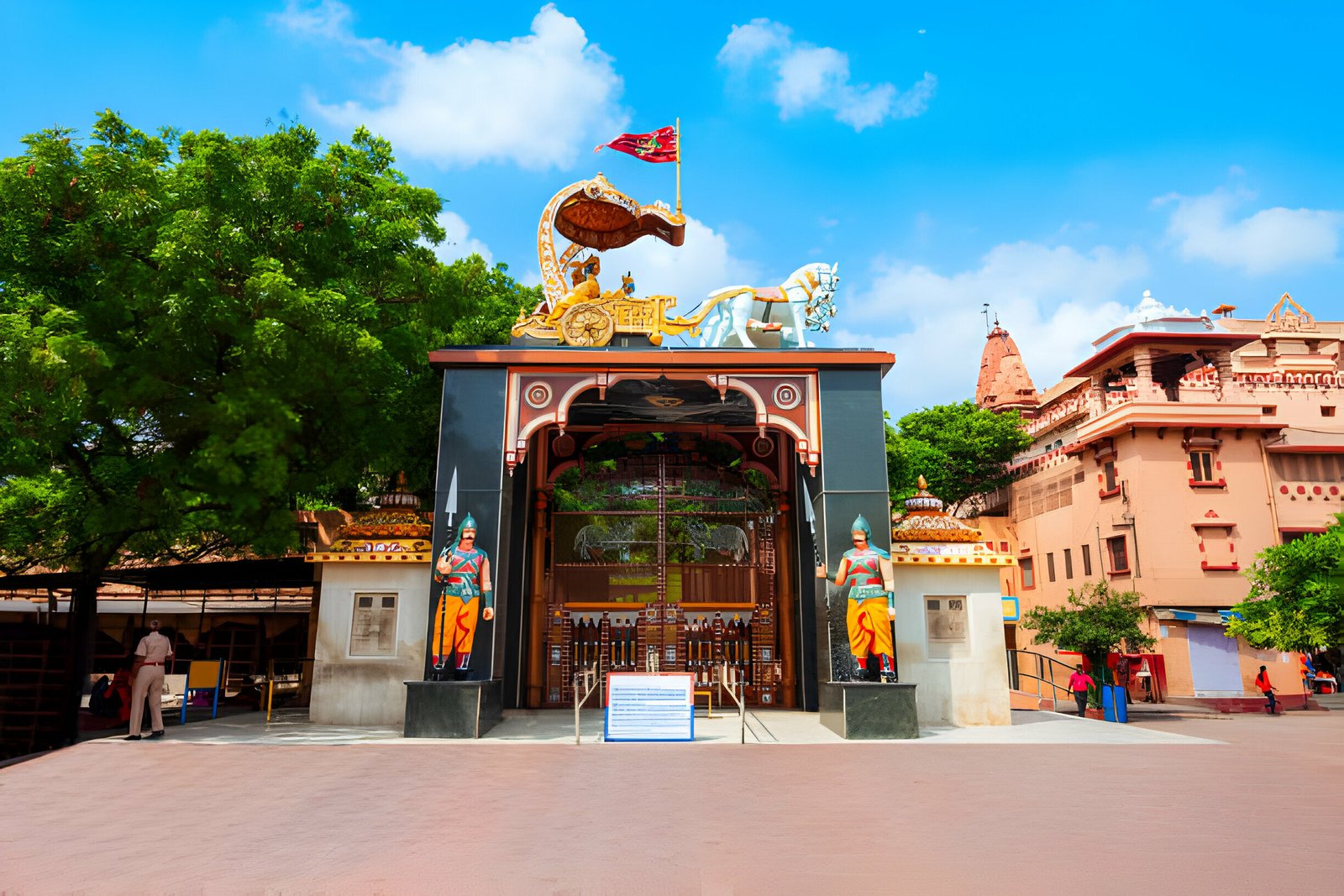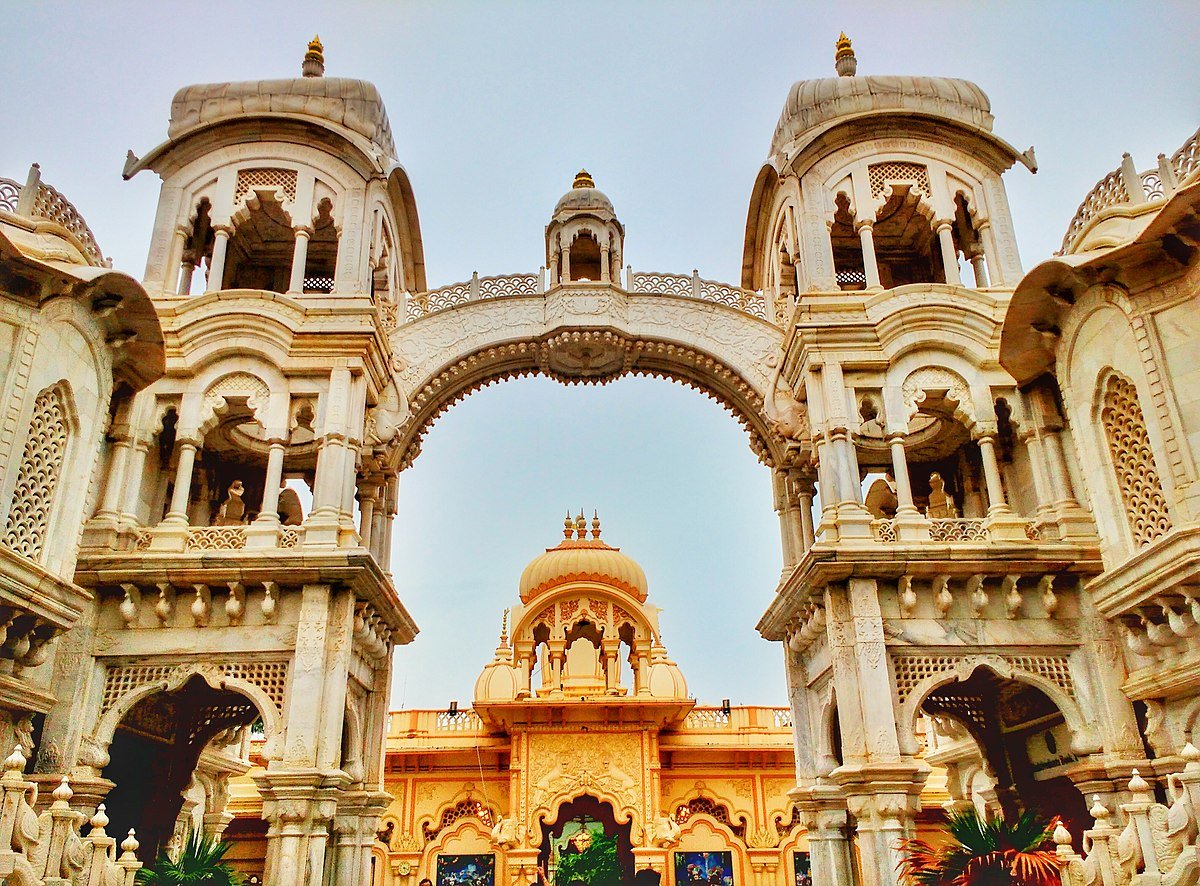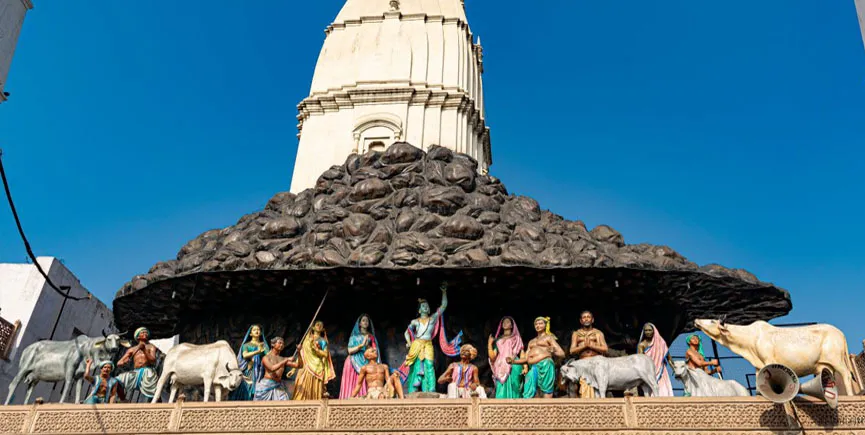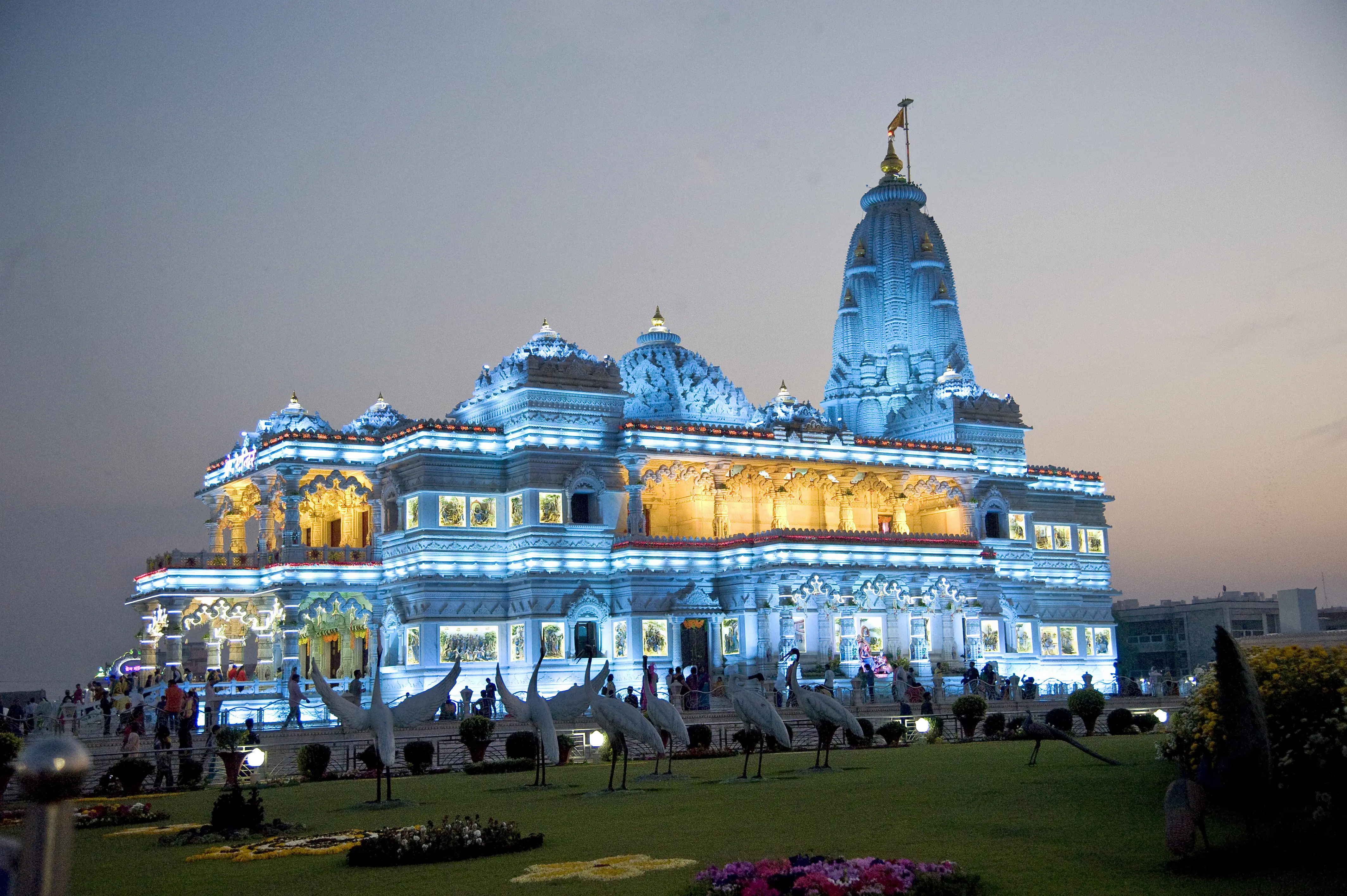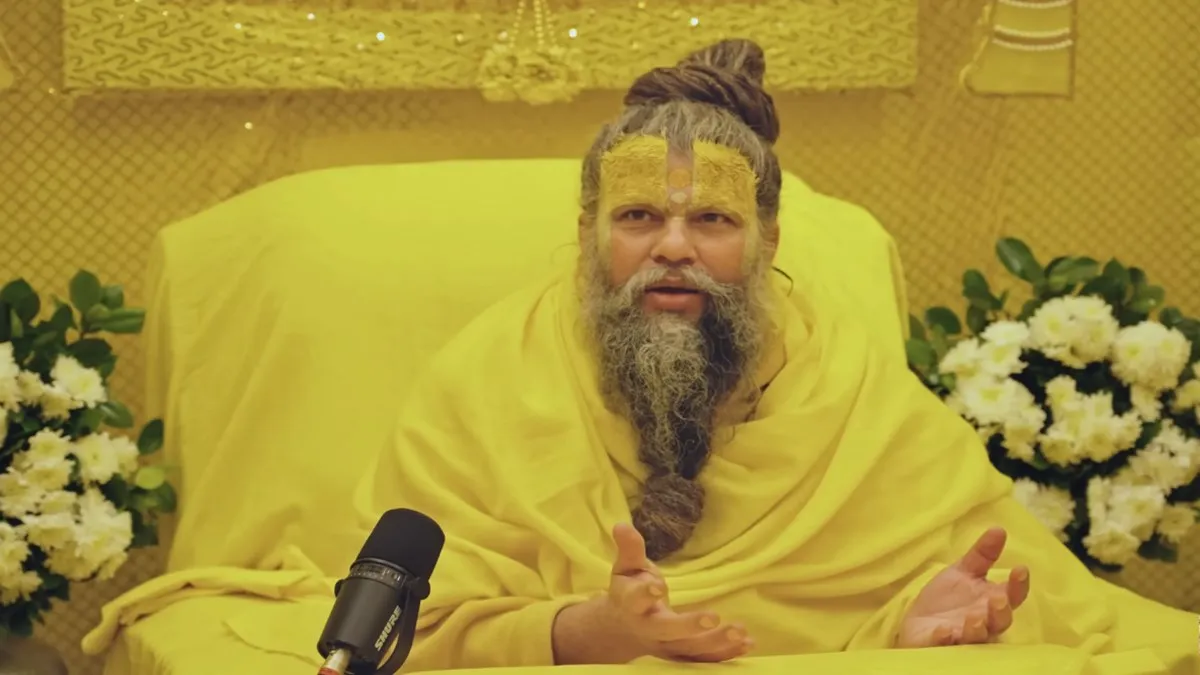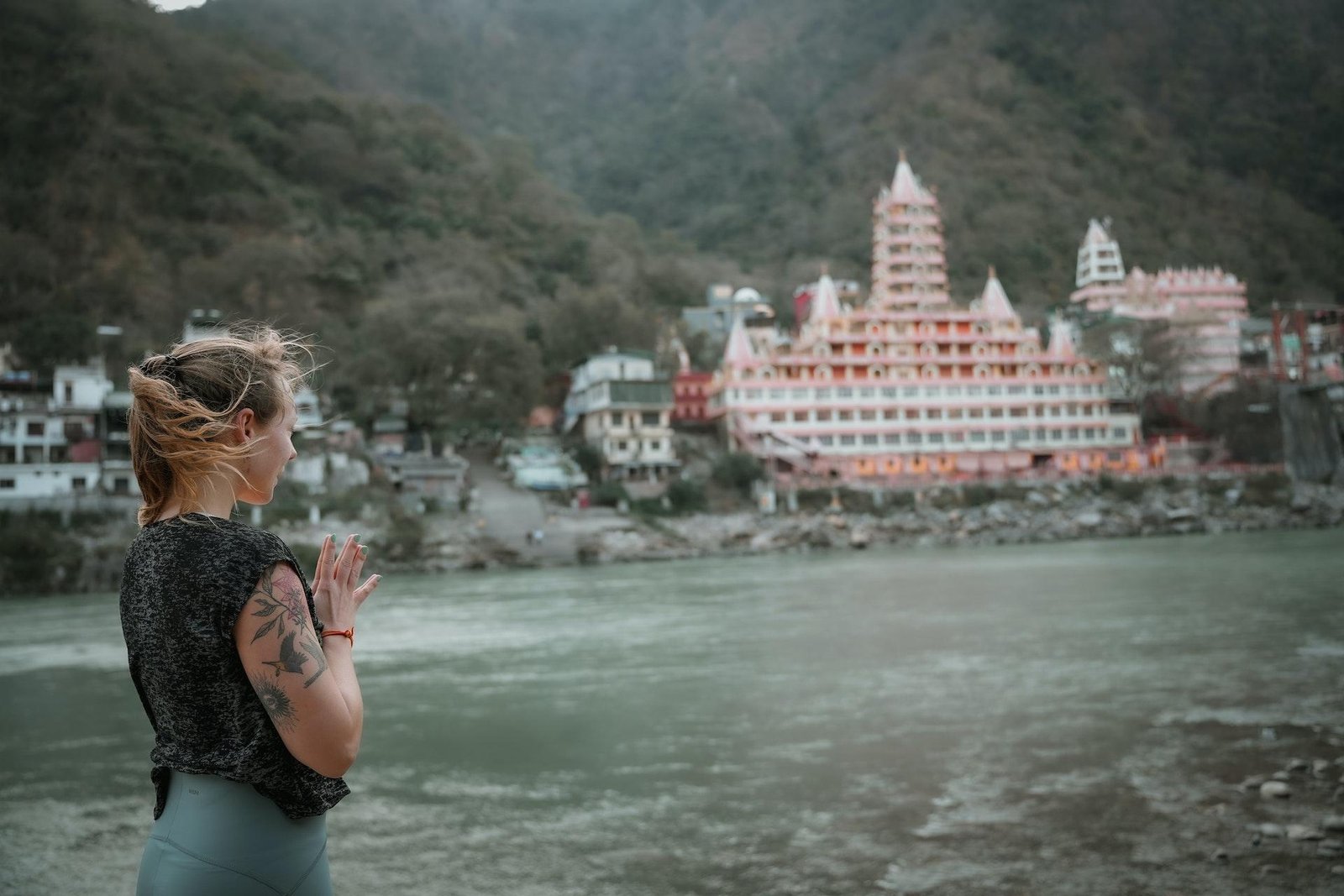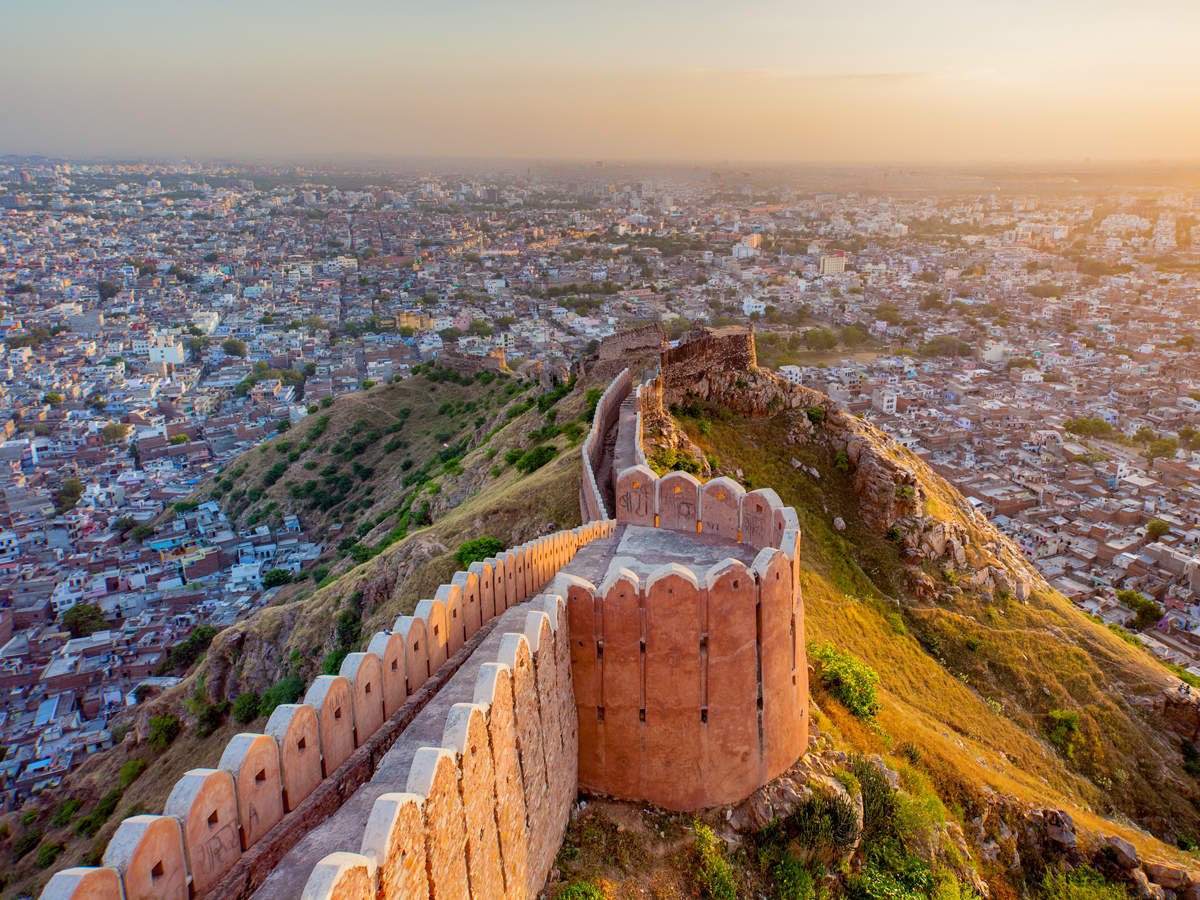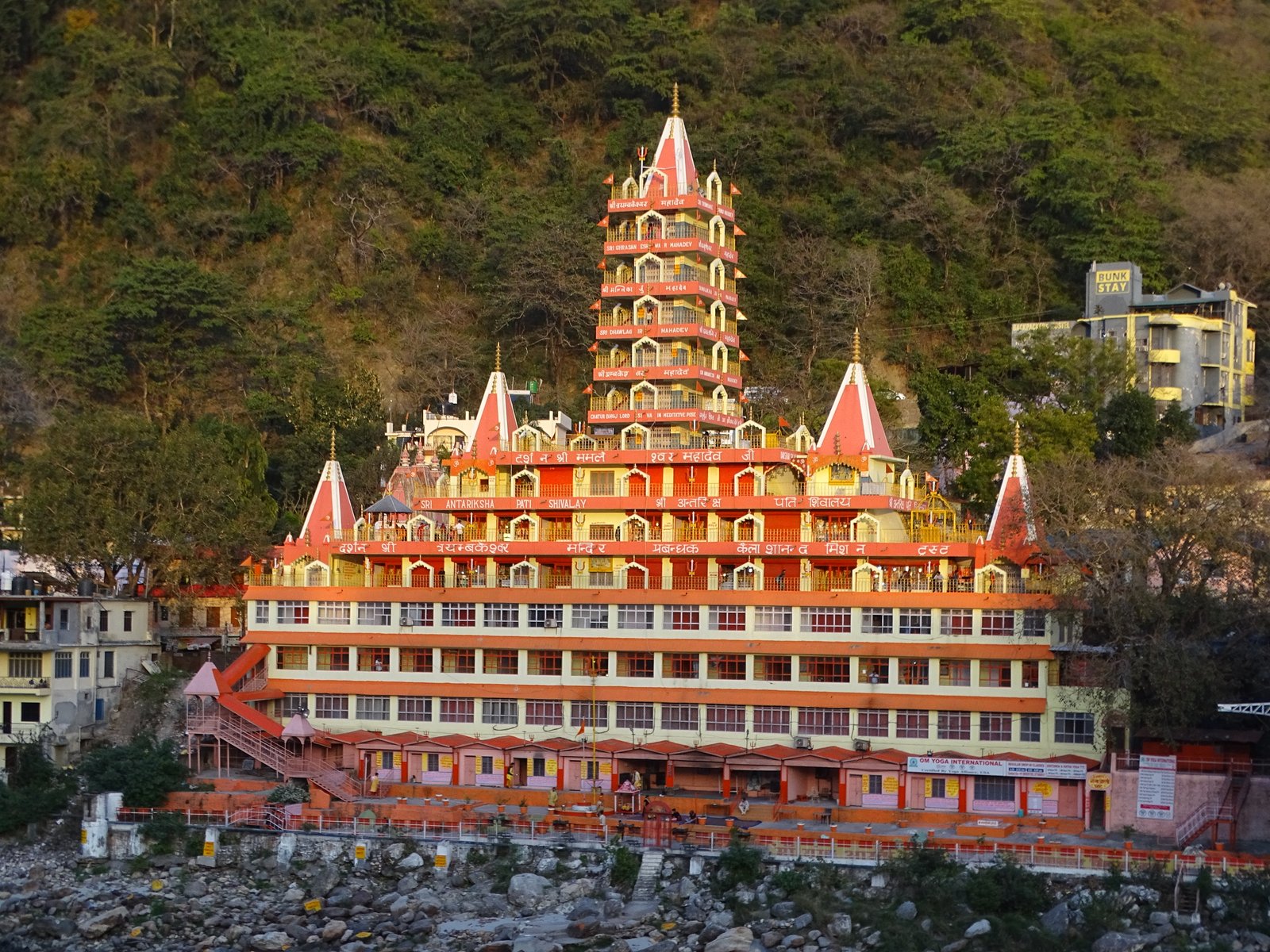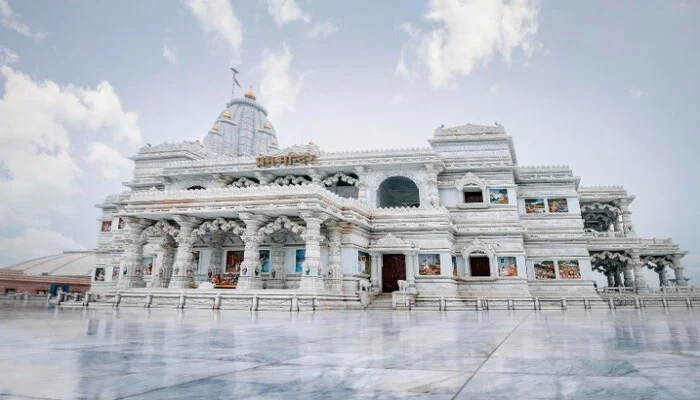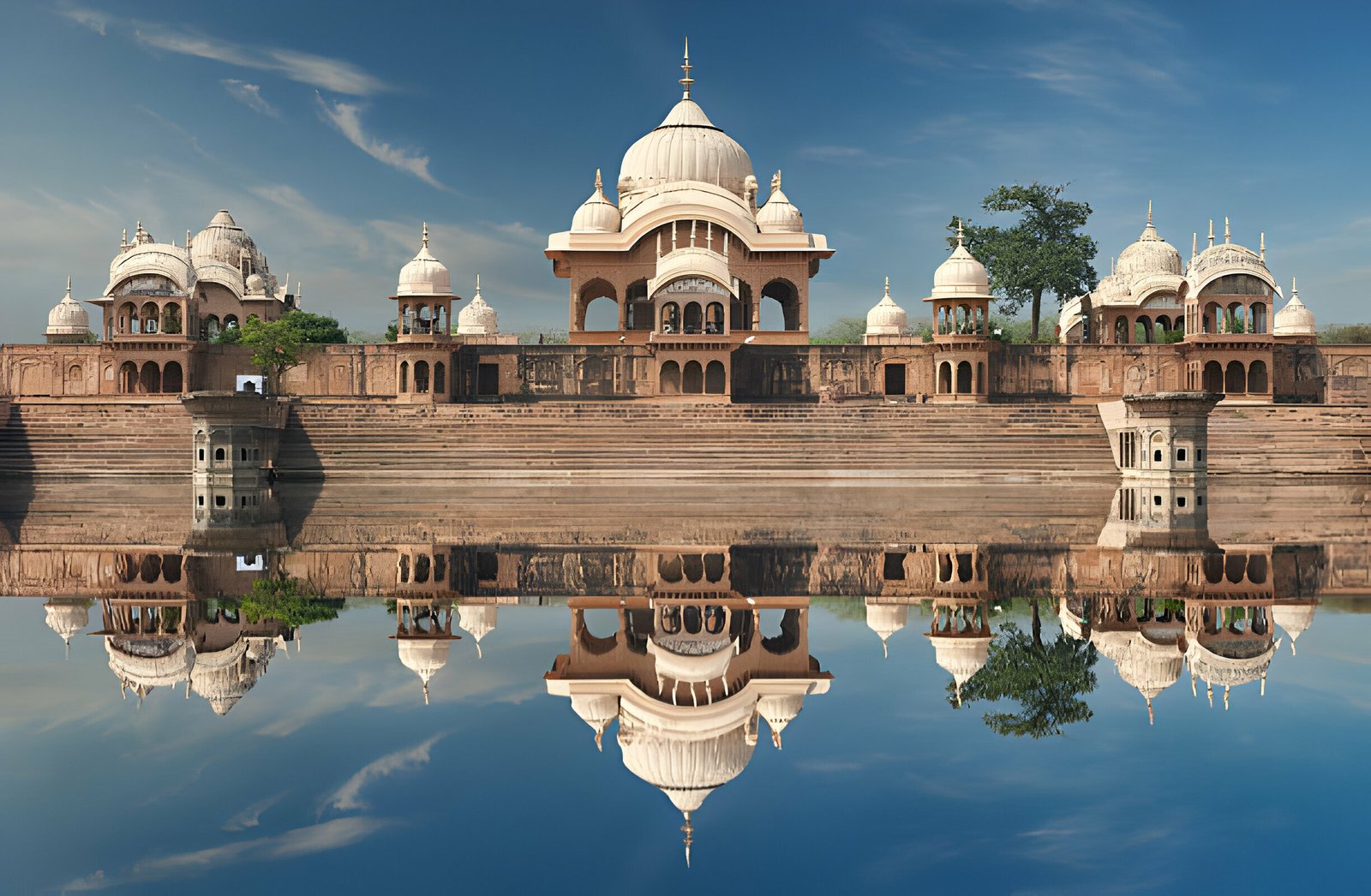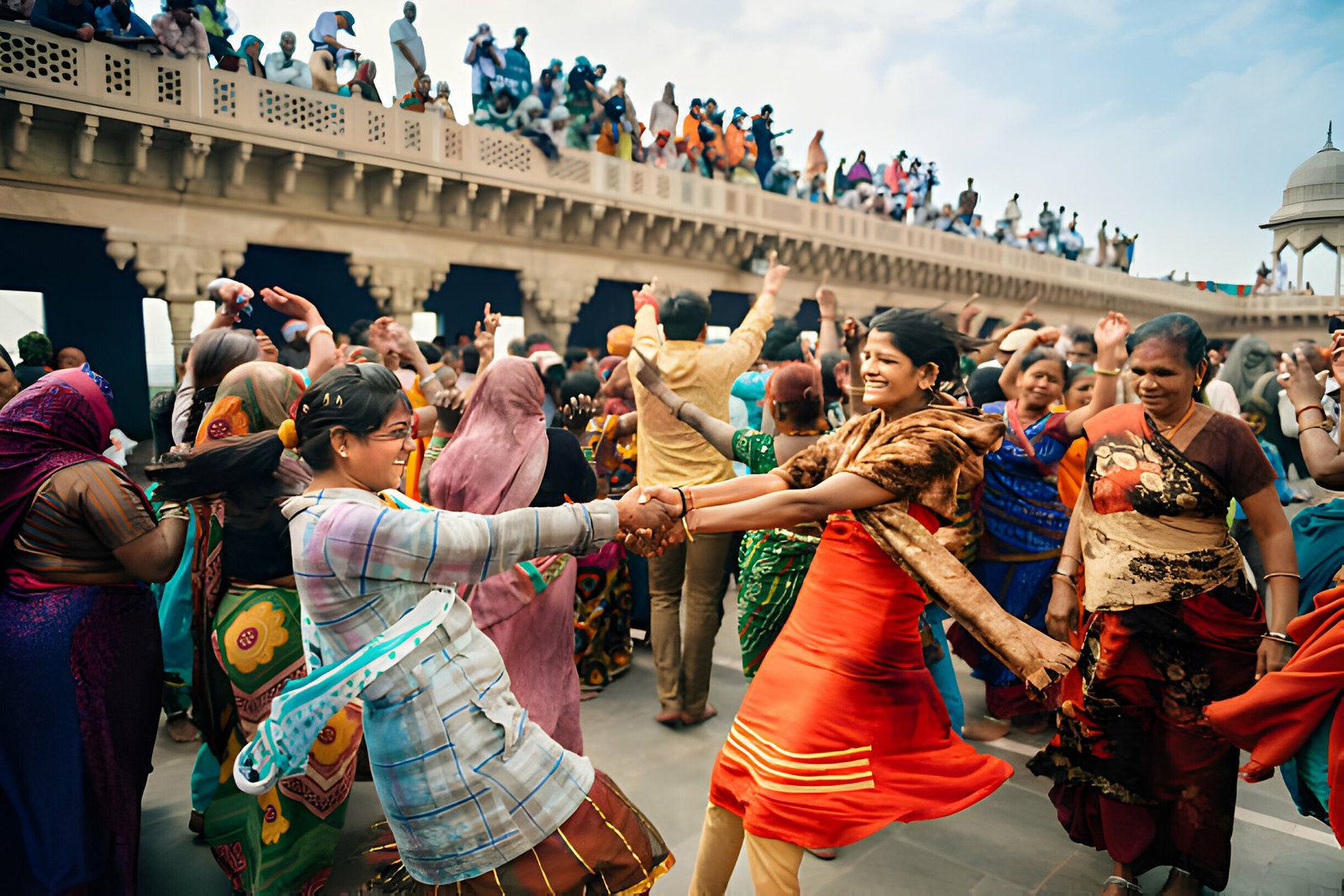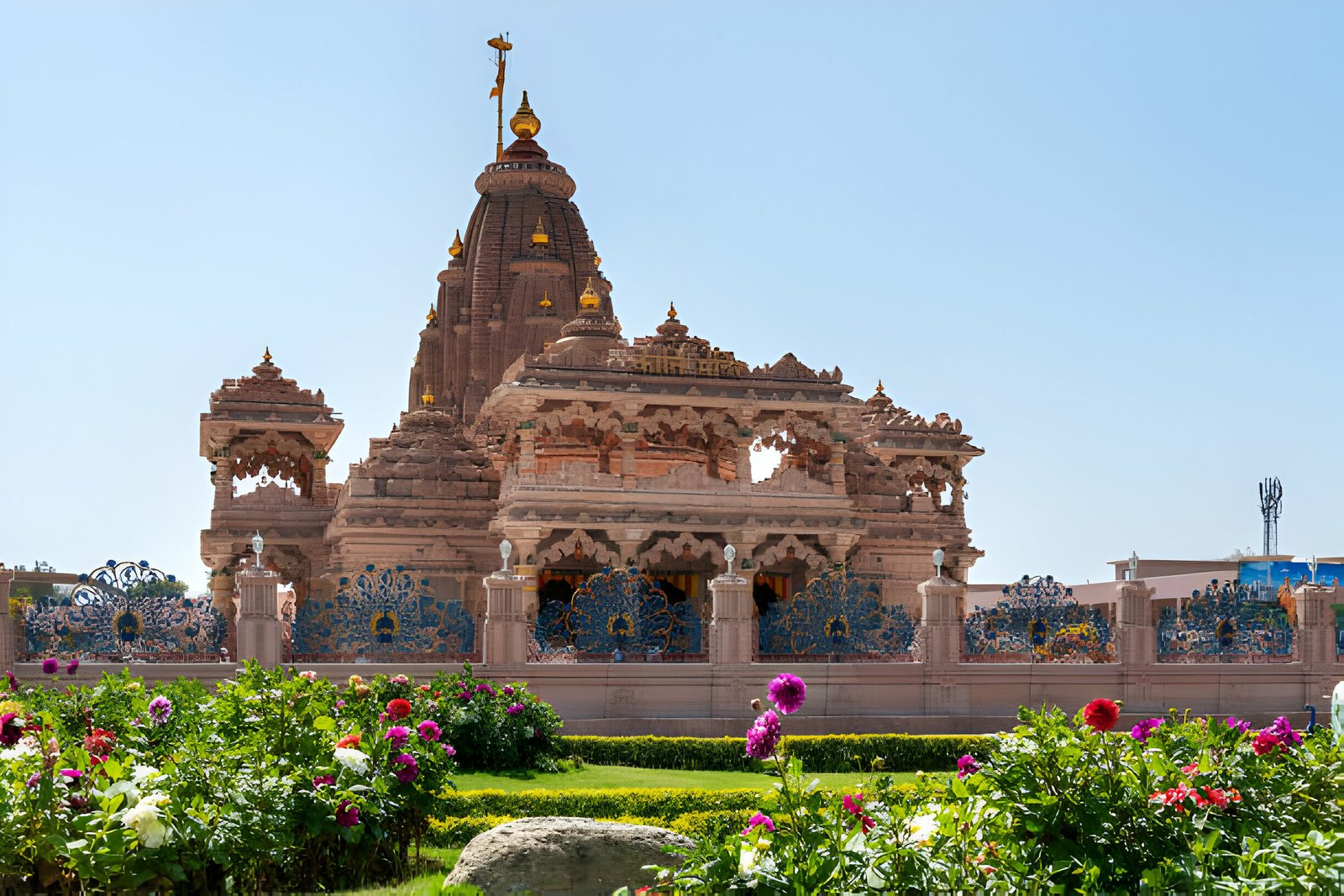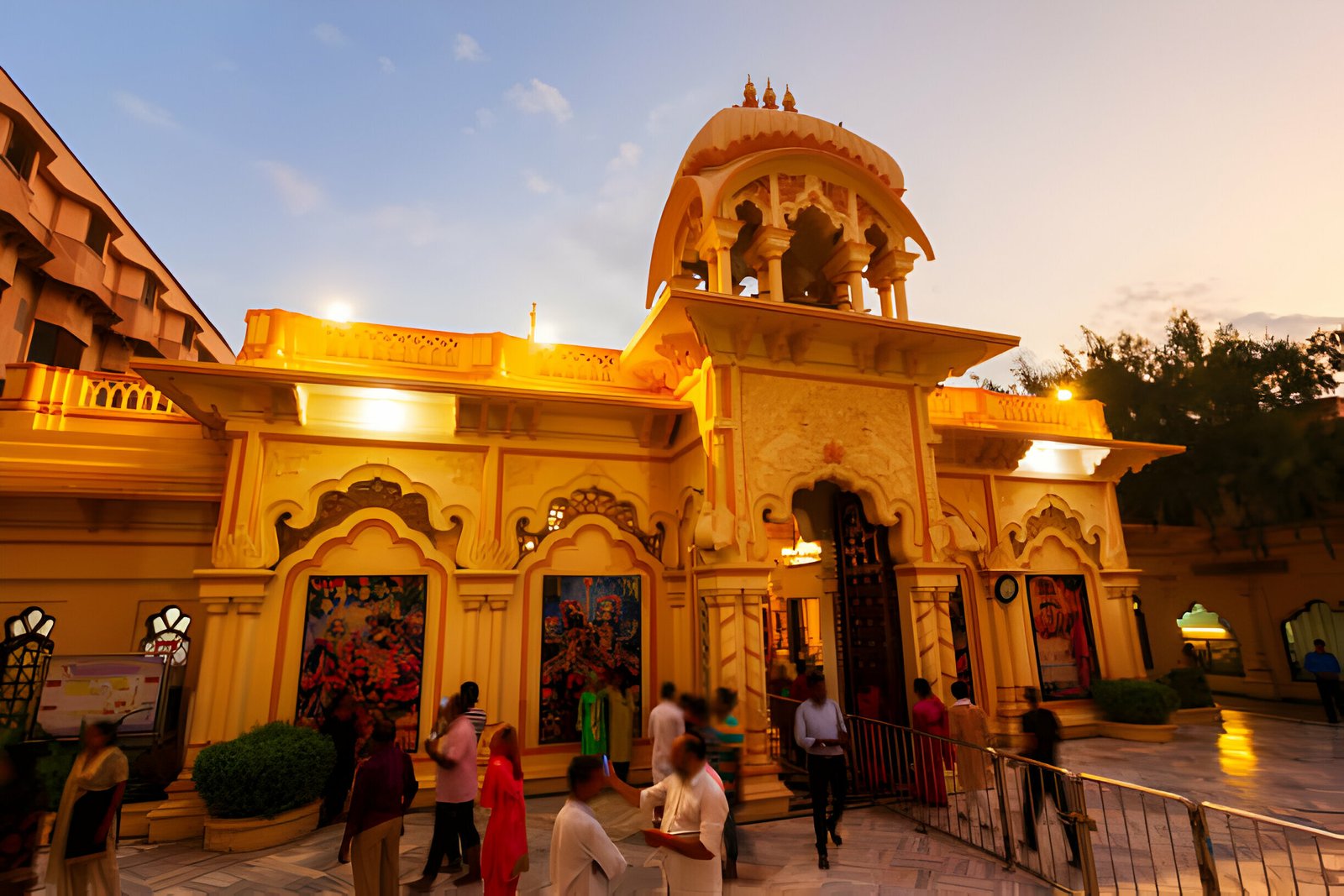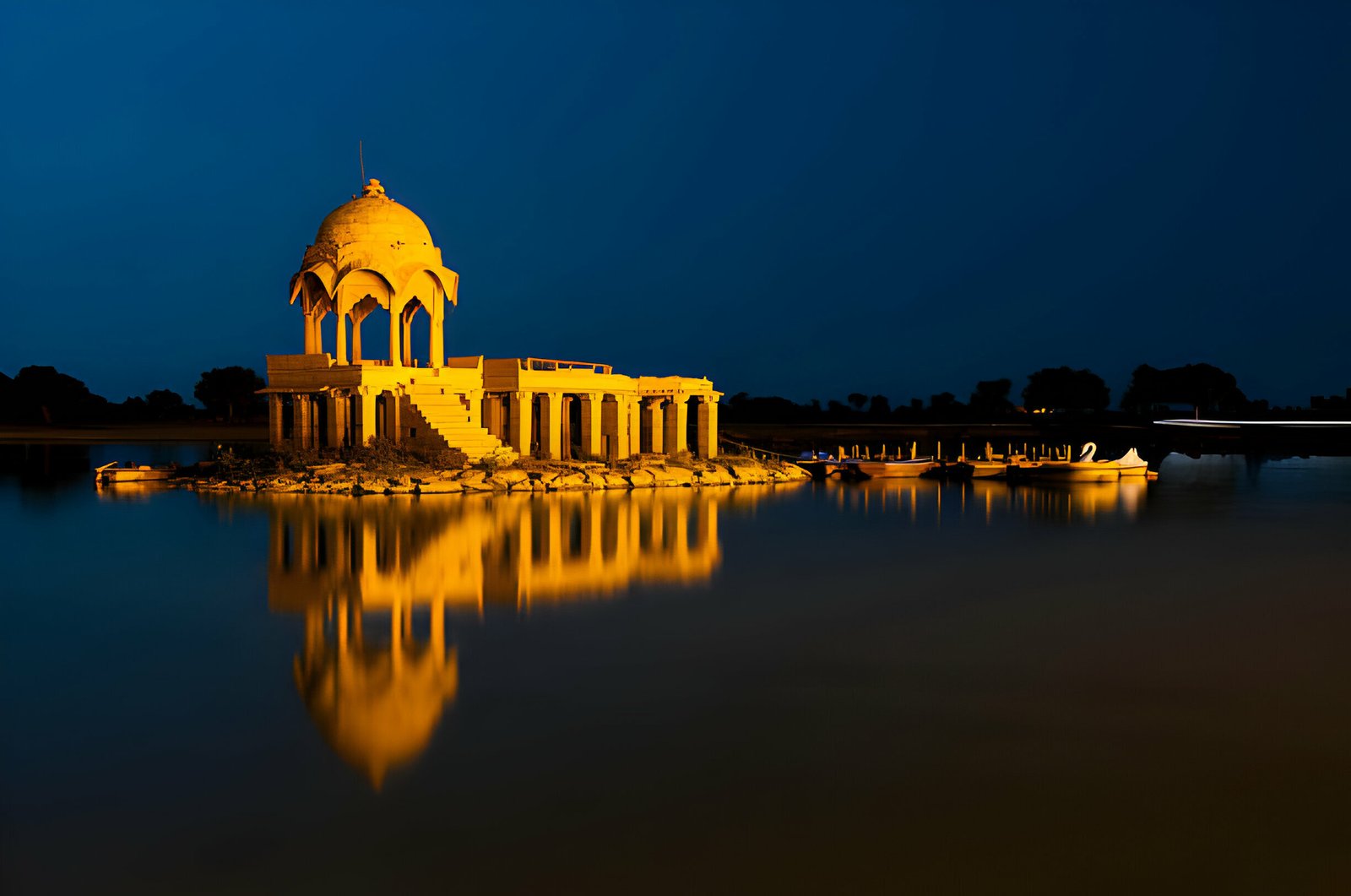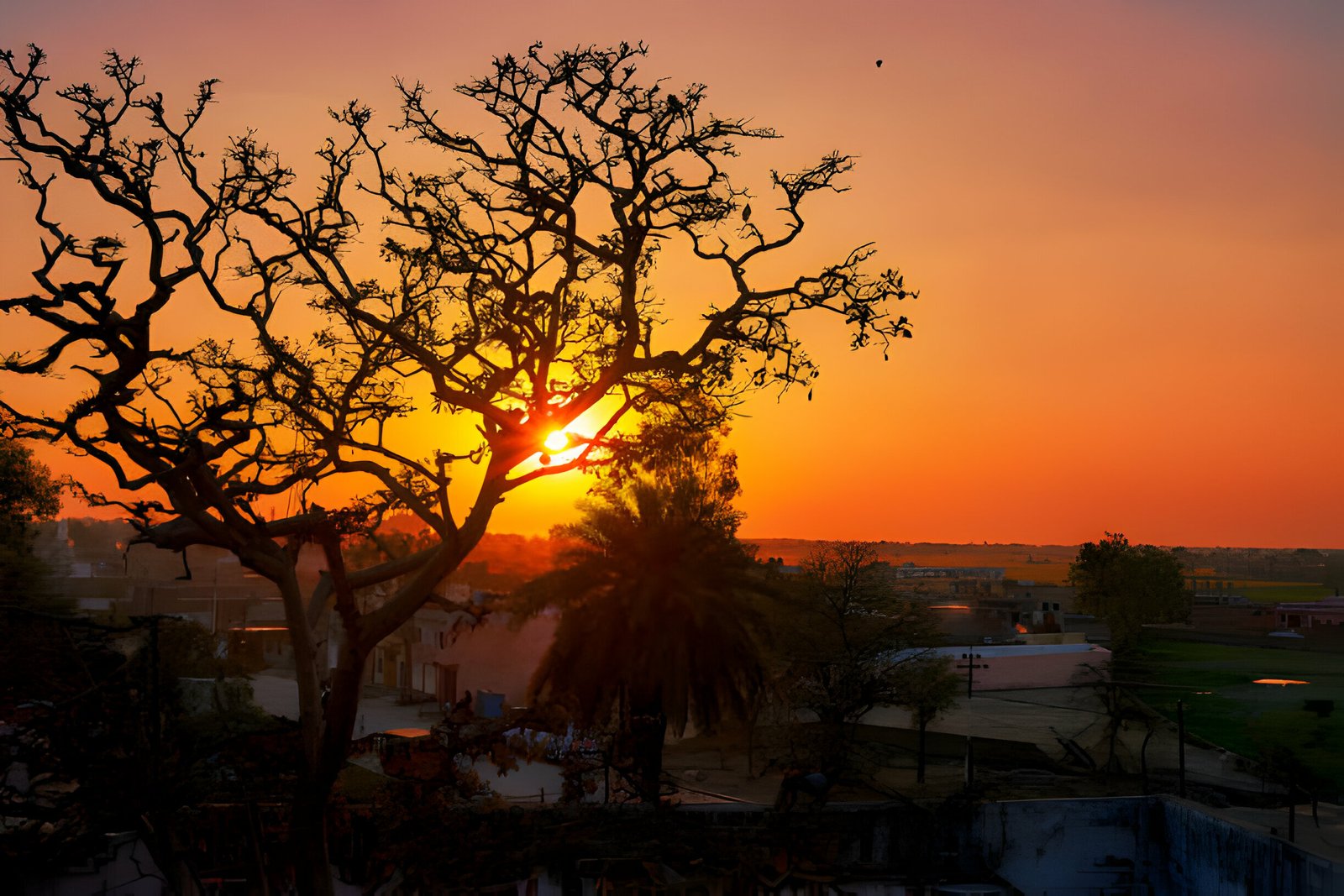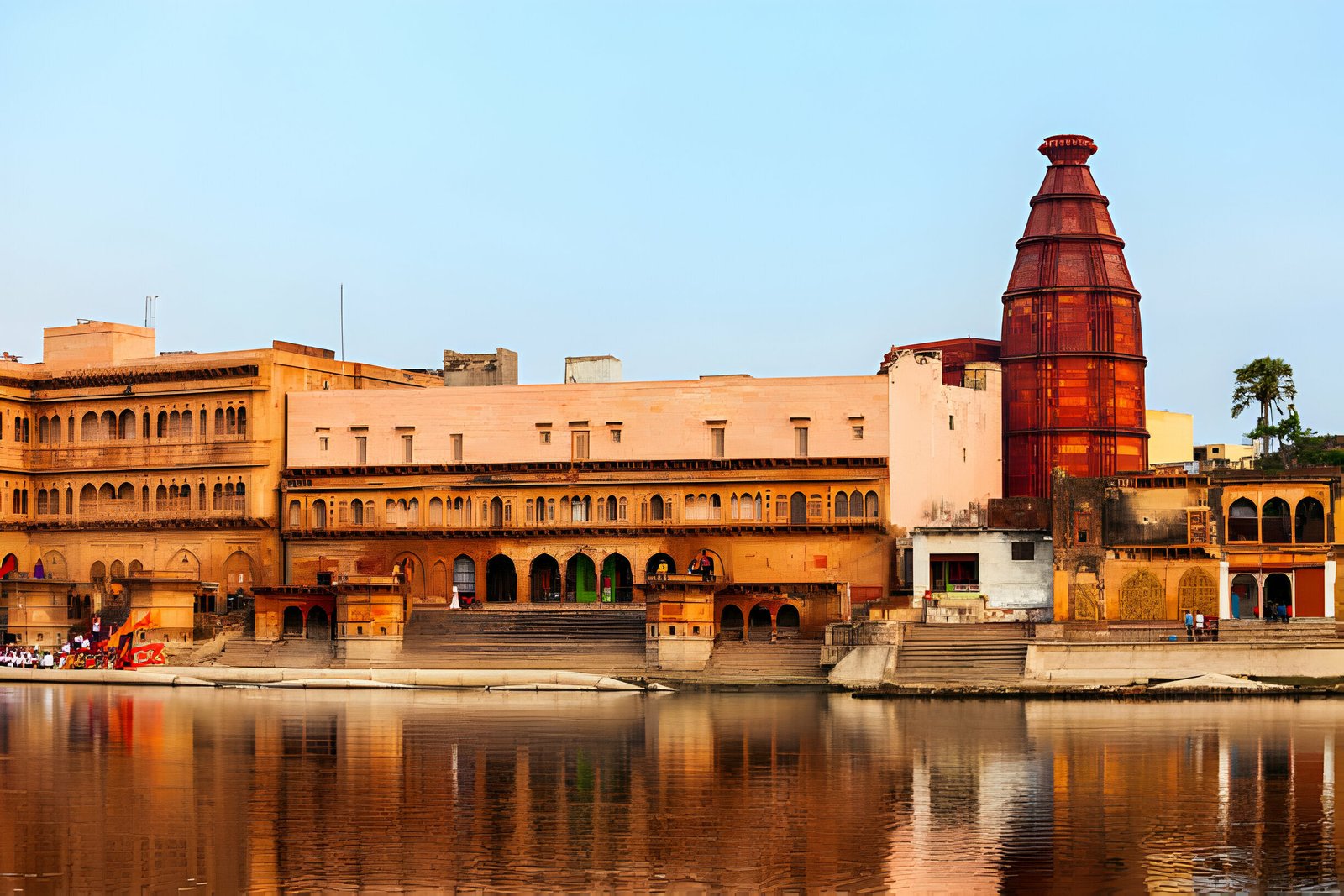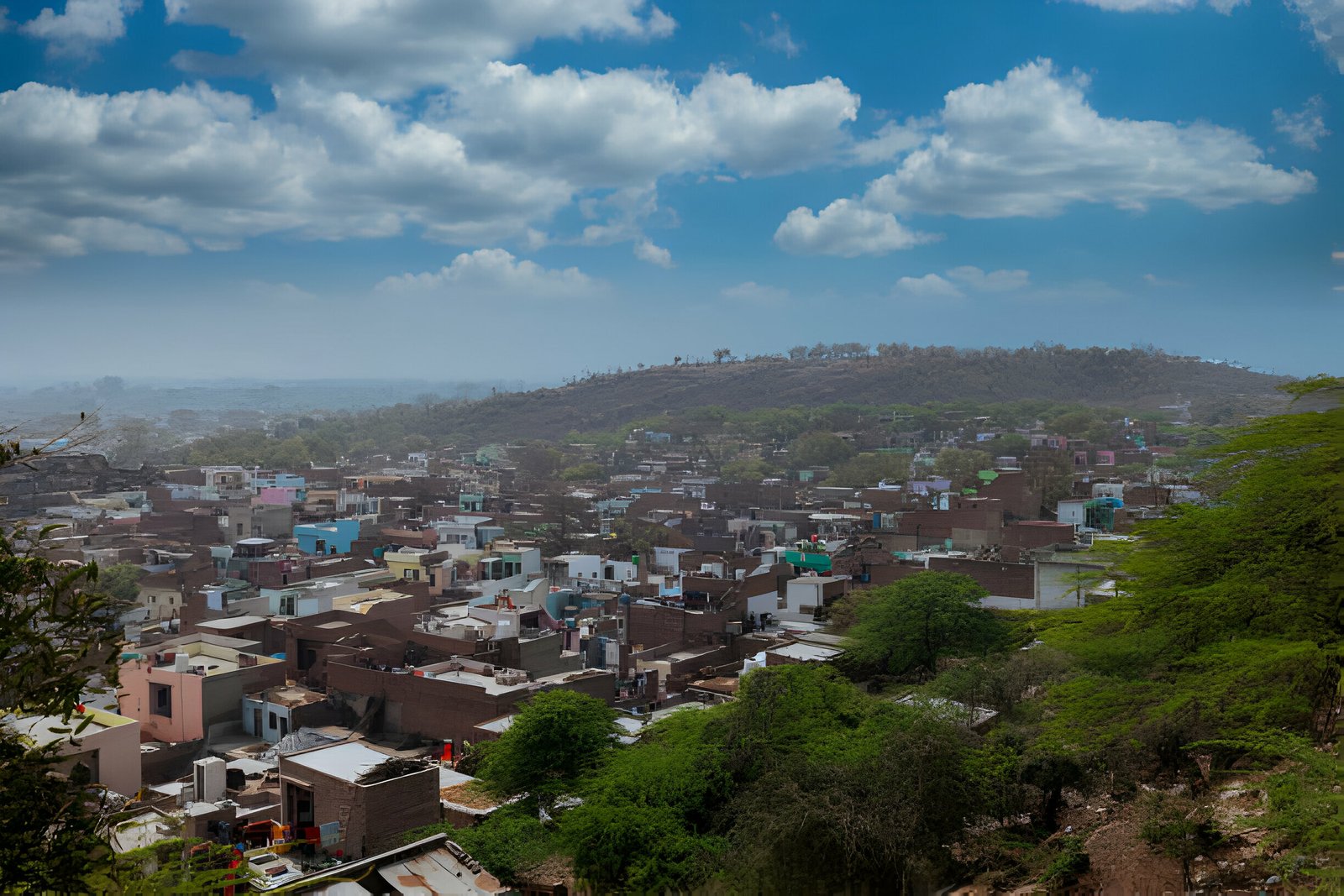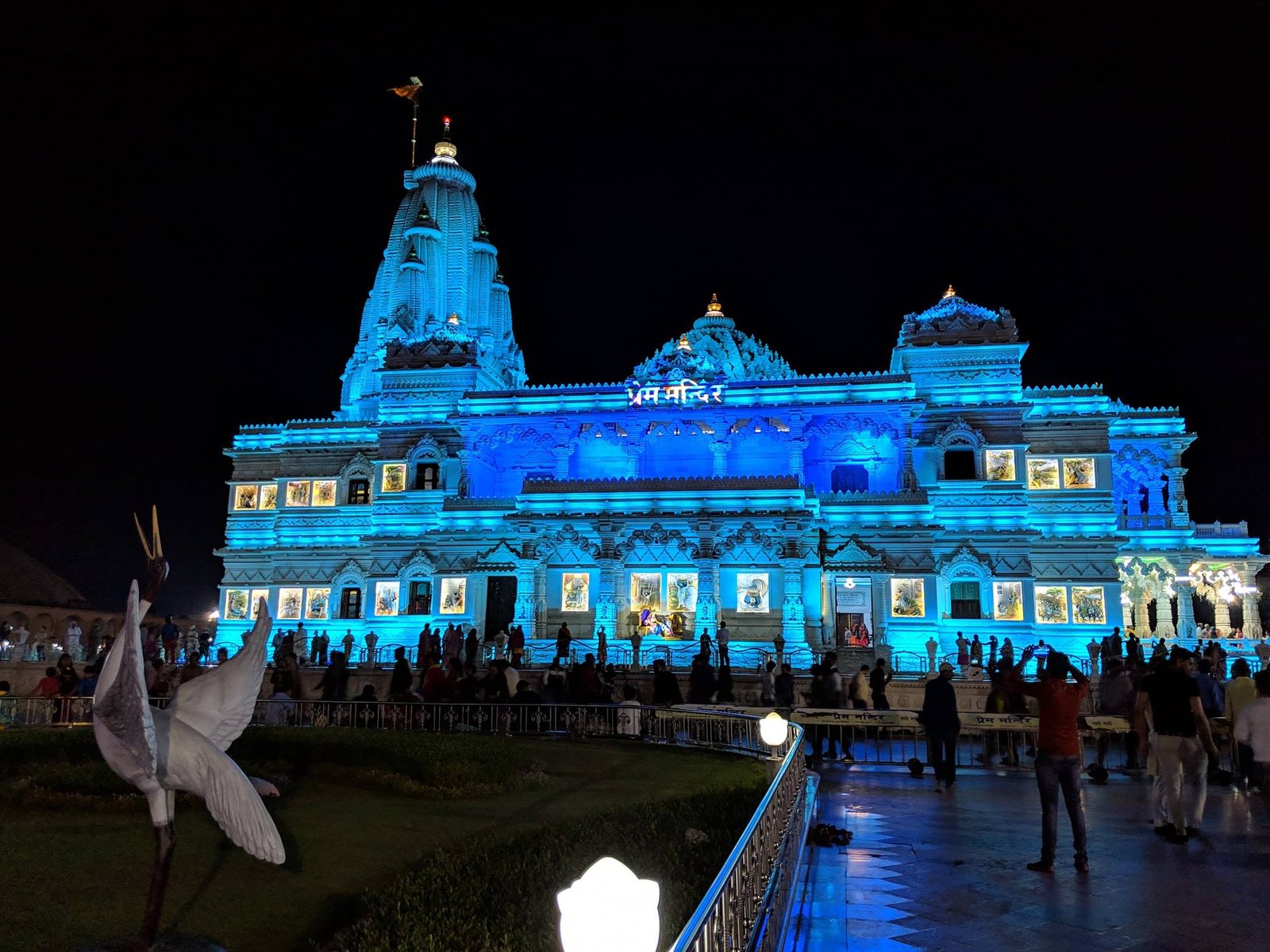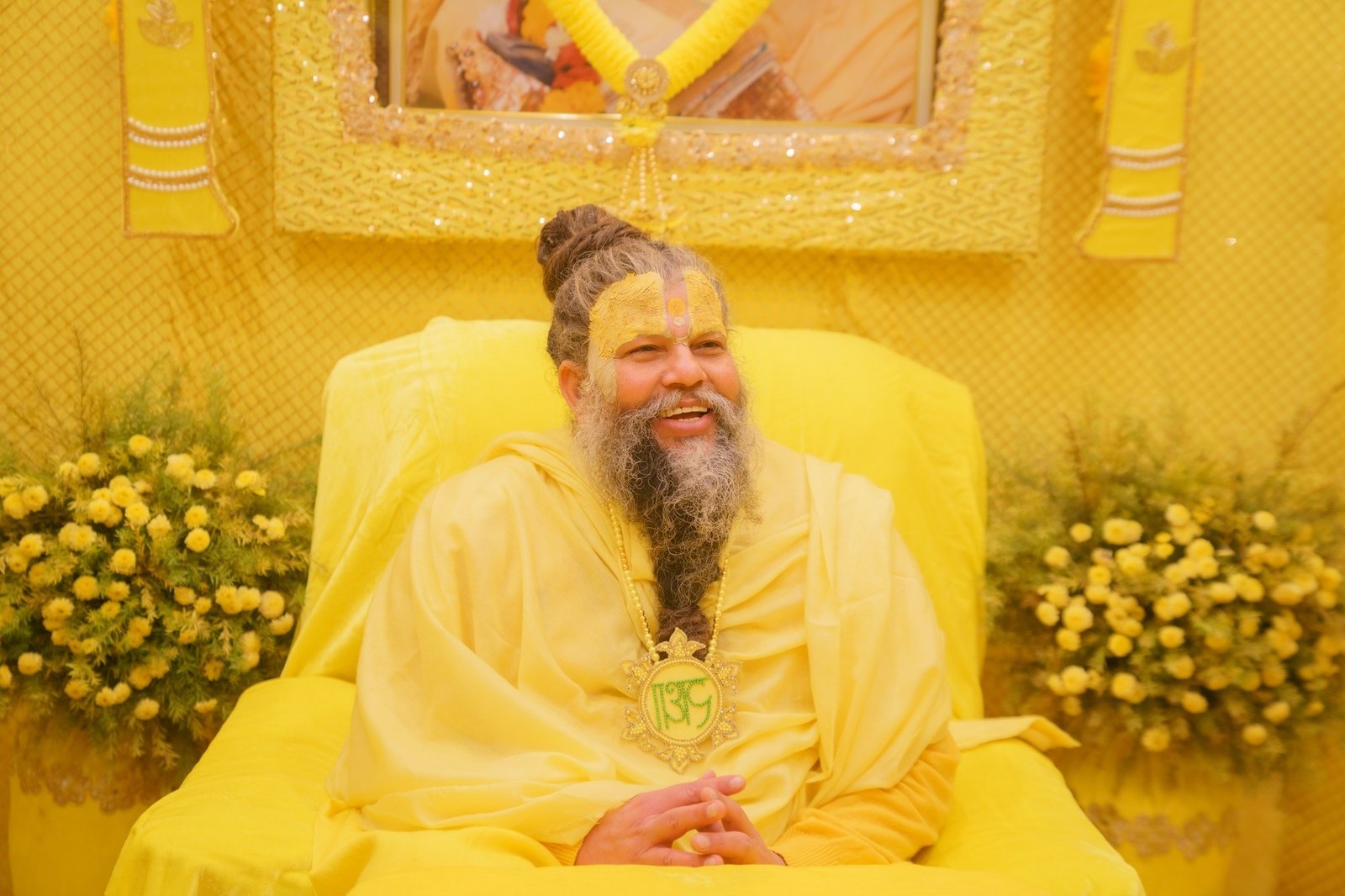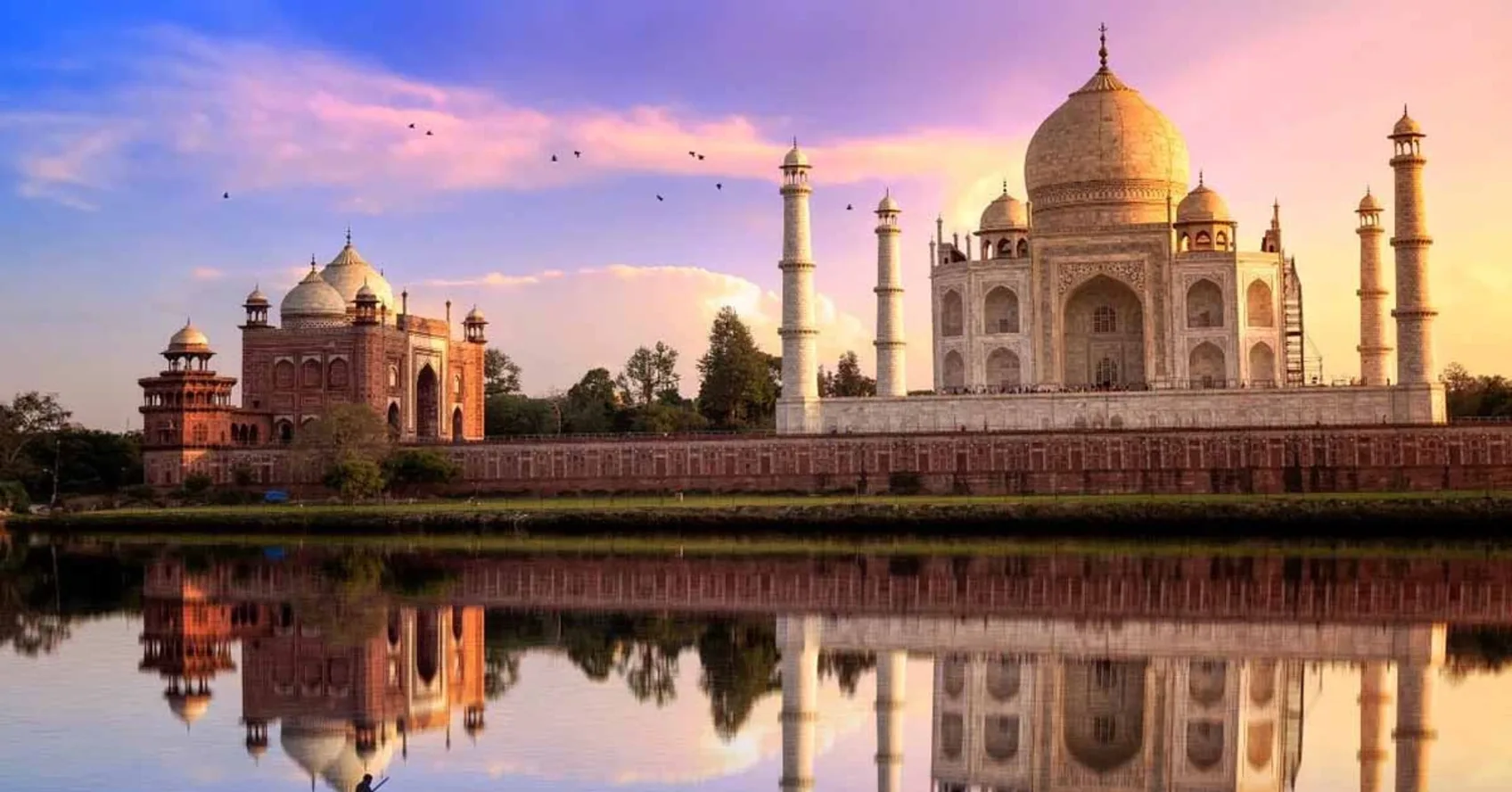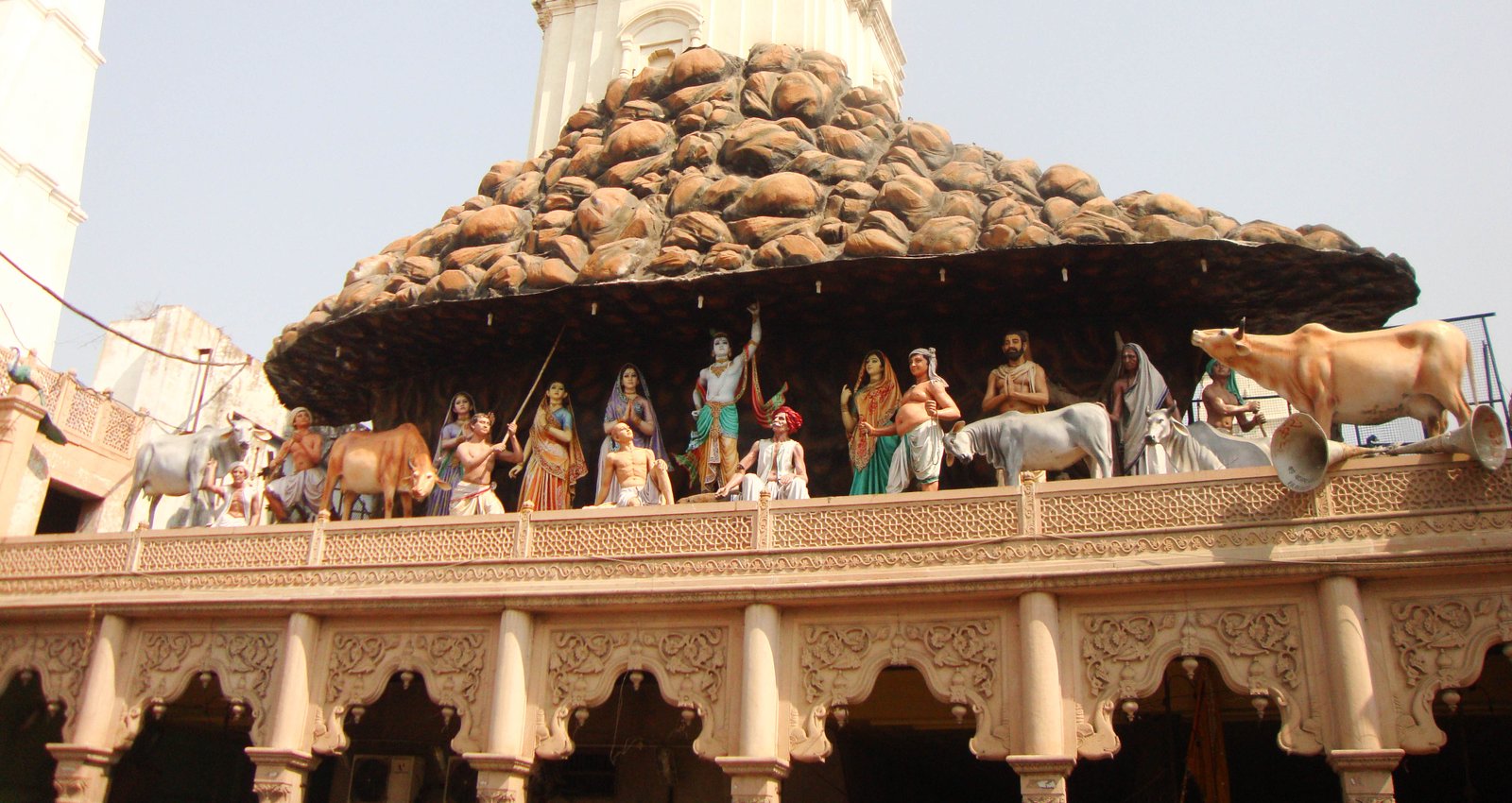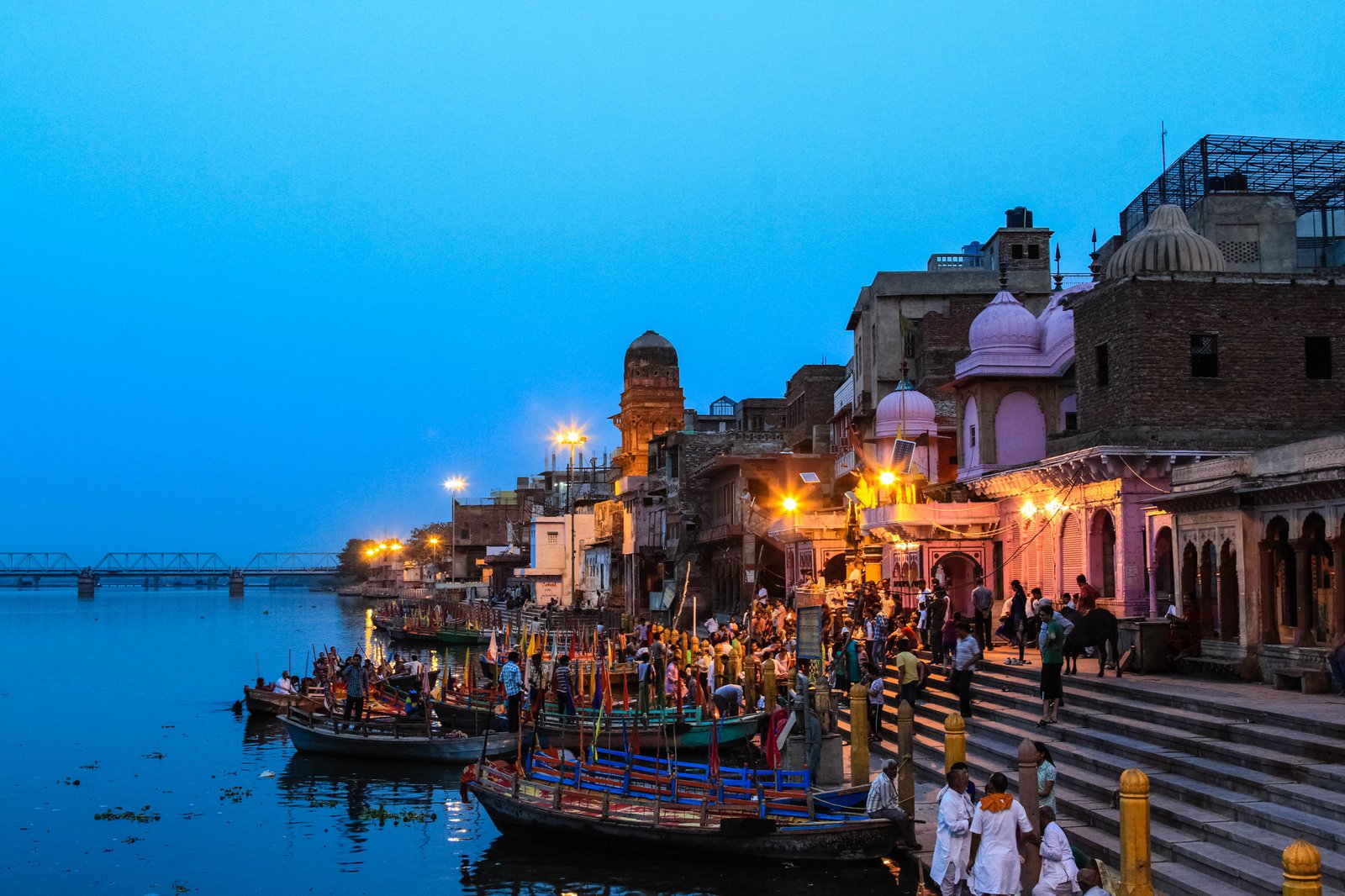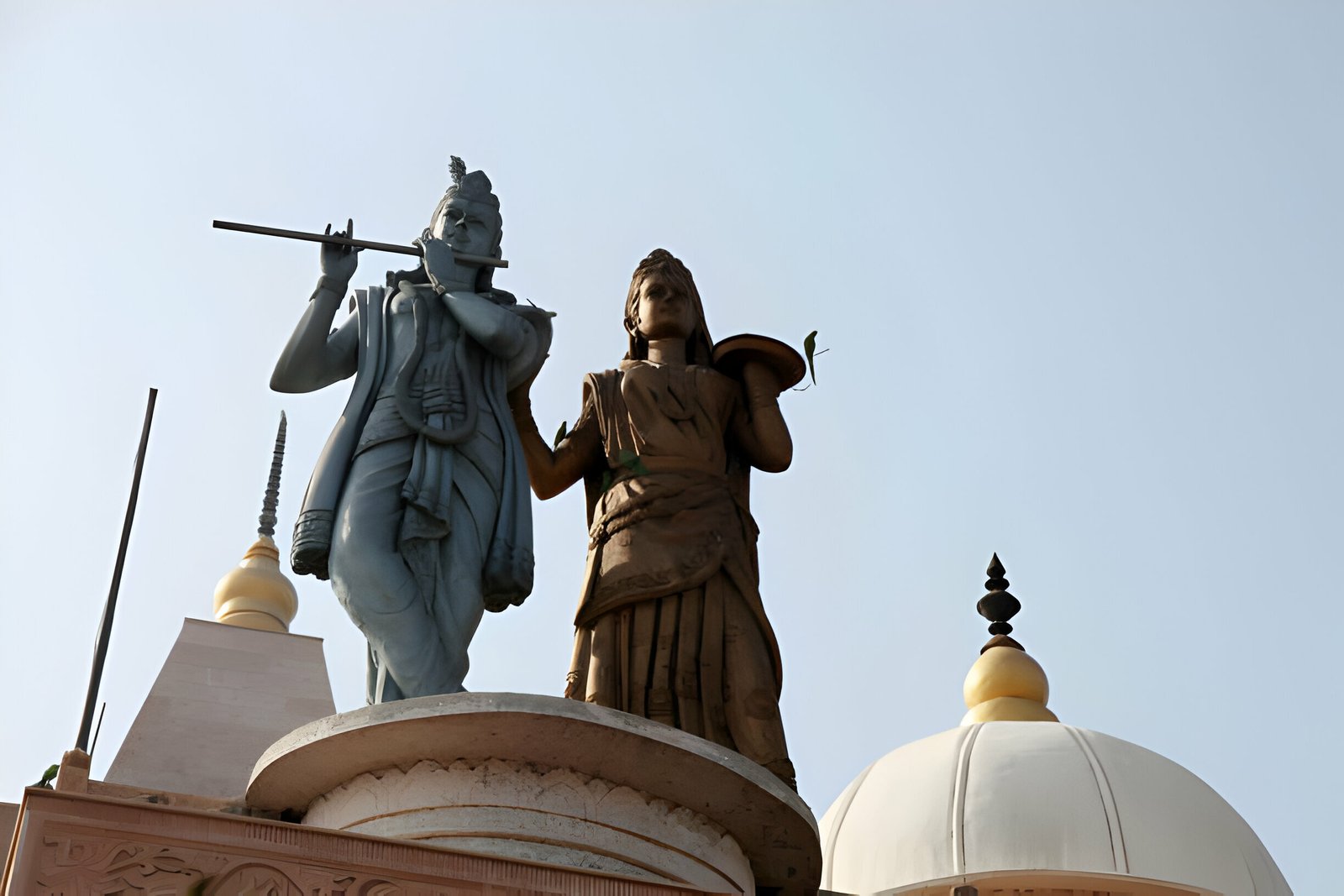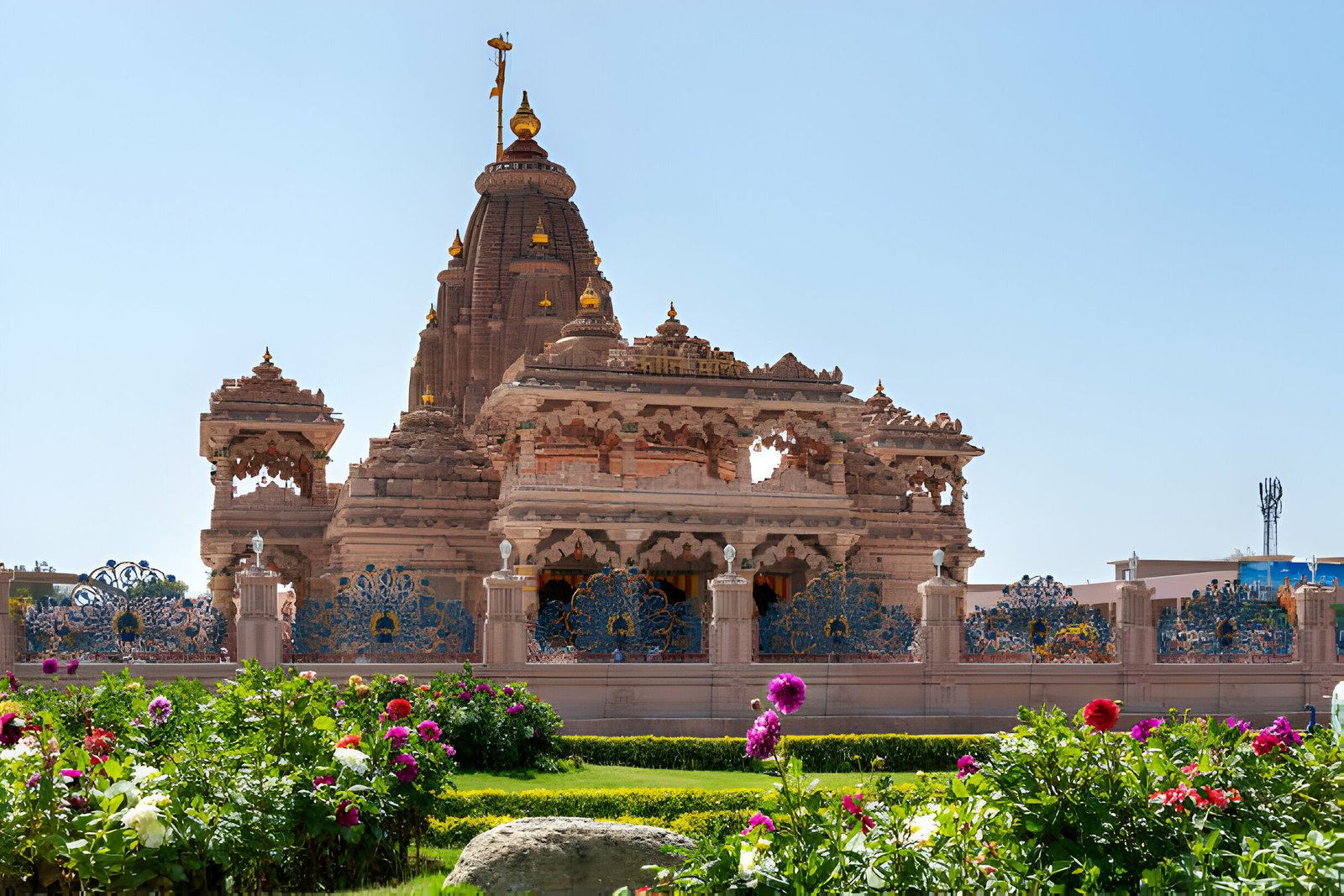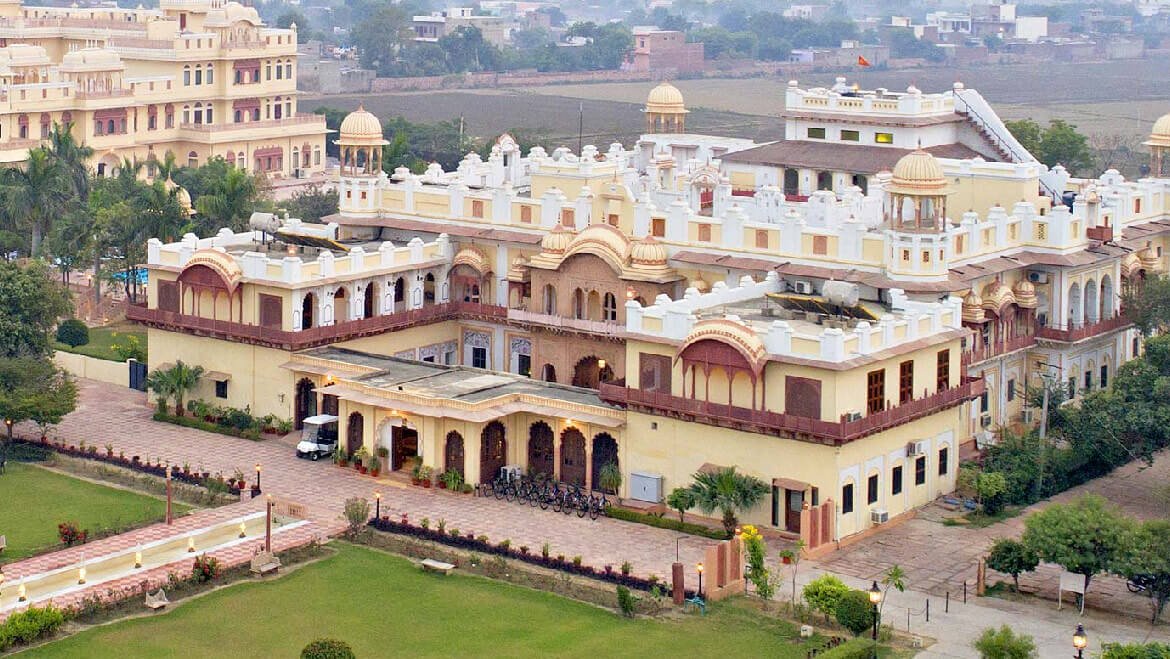A Visit to Mathura and Vrindavan
A visit to Mathura and Vrindavan isn’t just a trip, it’s a journey into the very soul of India’s spiritual and cultural heritage. These twin cities are inseparable from the stories of Lord Krishna, and a guided exploration of these holy places will open up an experience that is both mystical and enlightening. Whether you’re here for pilgrimage, history, or culture, our Mathura Vrindavan Guide will help you uncover the most meaningful places to visit and things to do. Let’s take you through the best way to explore these divine cities.
1. The Perfect Starting Point: Mathura
Mathura is revered as the birthplace of Lord Krishna, and the city is steeped in mythology and devotion. Start your journey by visiting the most iconic site:
Shri Krishna Janmabhoomi Temple: This is where Lord Krishna is believed to have been born. The temple is built around a prison cell where Krishna was born to Vasudeva and Devaki. Walking through the temple’s sacred halls, you’ll feel the vibrations of centuries of devotion.
Dwarkadhish Temple: One of Mathura’s most important temples, it’s dedicated to Lord Krishna, worshipped here as Dwarkadhish, the King of Dwarka. The temple is famous for its intricate architecture and vibrant festivities during Janmashtami and Holi.
Vishram Ghat: This ghat on the banks of the Yamuna is where Lord Krishna is said to have rested after killing the demon Kansa. Evening Yamuna Aarti at Vishram Ghat is an unmissable experience—dozens of lamps floating on the water as prayers and chants fill the air.
2. Onward to Vrindavan: The Land of Krishna’s Childhood
Just a short 15 km from Mathura lies Vrindavan, the town where Lord Krishna spent his mischievous childhood. Here, you’ll encounter temples in every nook and corner, each one steeped in stories of Krishna’s playful leelas.
Banke Bihari Temple: The most famous temple in Vrindavan, dedicated to Lord Krishna in his “Banke Bihari” form (the bent posture of a dancer). Devotees flock here for the lively aarti and to witness the mischievous ways in which Krishna’s idol is revered. The energy here is palpable, and the devotion, infectious.
Prem Mandir: This relatively new temple is a stunningly beautiful spiritual haven. Built entirely of white marble, it’s an architectural marvel, and at night it lights up in colorful hues that will leave you mesmerized. The temple depicts important events from Krishna’s life through sculptures, making it a visual delight.
ISKCON Vrindavan: Known as the Krishna Balaram Mandir, this ISKCON temple is a hub for international devotees. The peaceful atmosphere, melodious chants of Hare Krishna, and beautifully adorned deities make it a place of serene reflection.
3. The Spiritual Circuit: Temples, Ghats, and More
Besides the big names, Mathura and Vrindavan are home to countless smaller yet equally significant temples. You can spend days here exploring:
Radha Raman Temple: A highly revered temple where the deity is said to have self-manifested. The intricate carvings and the divine atmosphere make it a must-visit.
Nidhivan: This mystical place is believed to be the site where Krishna performs his Raas Leela every night with Radha and the gopis. The trees in Nidhivan are unique in that they are intertwined like dancers. Local lore holds that no one is allowed inside after dark as the divine play takes place here each night.
Seva Kunj: Another sacred garden where Krishna is believed to have danced with Radha, it is a tranquil place perfect for meditation and reflection.
4. Must-Do Experiences
Parikrama of Vrindavan: Join the locals in doing a Parikrama (circumambulation) of Vrindavan. The 12 km walk around the holy city includes visits to sacred sites and gives you a deep spiritual experience.
Yamuna Aarti: The evening Yamuna Aarti at the ghats of Vrindavan or Mathura is a sight to behold. The floating diyas, the sound of temple bells, and the chanting of prayers create an atmosphere that will leave you in awe.
Braj Holi: If you’re visiting around Holi, you’re in for an unforgettable experience. In Barsana and Nandgaon (villages near Mathura), Holi is celebrated with colors, bhajans, and the famous Lathmar Holi where women playfully beat men with sticks!
5. Famous Foods of Mathura Vrindavan
A trip to Mathura-Vrindavan isn’t complete without tasting the local food, which is simple, vegetarian, and full of love. Don’t miss:
Mathura Peda: The sweet pride of Mathura, this milk-based delicacy is a must-try. You can find it in every sweet shop, but the ones near the temples are often the best.
Lassi: Cooling and delicious, a glass of lassi is the perfect way to refresh after temple hopping.
Kachoris and Jalebis: The streets of Mathura are lined with vendors selling hot kachoris (fried pastries) with spicy aloo sabzi, followed by the sweet jalebi.
6. Best Time to Visit
While Mathura and Vrindavan are accessible all year, the winter months (October to March) are the best time to visit due to pleasant weather. Festivals like Janmashtami and Holi see a surge in tourists, but if you can brave the crowds, it’s worth it to experience the cities in their most vibrant form.
7. Getting Around
Both Mathura and Vrindavan are small towns, and most places are best explored on foot or via cycle rickshaws. You can also hire an auto-rickshaw or taxi for longer distances between the cities. If you’re planning to visit surrounding villages like Barsana, it’s better to hire a taxi for the day.
8. Shopping in Mathura-Vrindavan
Take home a piece of Mathura and Vrindavan by shopping for Radha-Krishna idols, brassware, and Tulsi malas. Don’t forget to pack some famous Mathura Peda as a sweet reminder of your journey.
Conclusion: A Journey Beyond Travel
Visiting Mathura and Vrindavan is more than just a spiritual trip—it’s an immersion into a world where devotion, history, and culture intertwine. The stories of Lord Krishna live on in every temple, street, and ghat, waiting to be discovered by those who seek them. Whether you’re here for a few days or a week, this divine pilgrimage will leave you with a sense of peace, fulfillment, and a heart full of joy.

